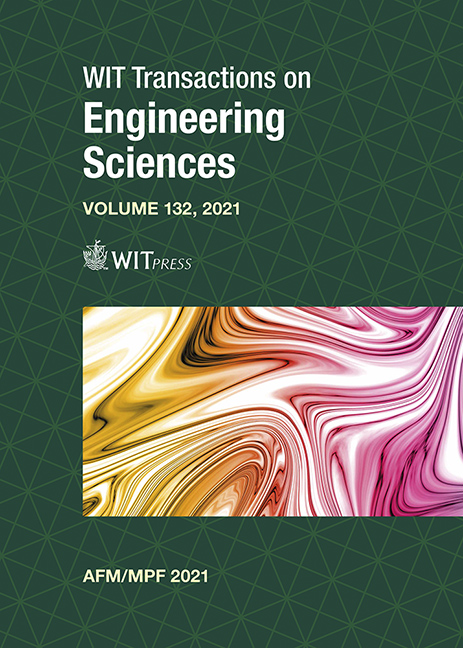THREE-DIMENSIONAL VALIDATION EXERCISE FOR FIESTA CODE: EVOLUTION OF SHOCK-DRIVEN INSTABILITIES
Price
Free (open access)
Transaction
Volume
132
Pages
9
Page Range
3 - 11
Published
2021
Paper DOI
10.2495/MPF210011
Copyright
Author(s)
BRIAN ROMERO, PETER VOROBIEFF, SVETLANA V. POROSEVA, JON M. REISNER
Abstract
In this paper, we present simulation results for the three-dimensional, shock-driven Kelvin–Helmholtz instability. Simulations are performed with a Mach 2.0 shock propagating through a finite-diameter cylindrical column of dense gas inclined at an angle θ with respect to the shock plane. After passage of the shock, the gas curtain has accelerated along its axis and a Kelvin–Helmholtz instability forms on the column surface. This is the first known numerical reproduction of this phenomena in three dimensions, which has previously been observed in experiments with an inclined cylindrical gas column. The effects of changes to initial column angle (θ = 0°, 10°, 20°, 30°) are explored in detail to complement experimental data. The effects of shock reflection near the base of the column are also examined to identify a possible flow perturbation near the foot which was seen in our previous two-dimensional numerical studies of shock-accelerated inclined gas curtains. The overall flow morphology compares well with experimental data in a cross-sectional plane through the column midpoint and a vertical plane through the column axis. Simulations were performed with FIESTA, an exascale ready, GPU accelerated compressible flow solver developed at the University of New Mexico.
Keywords





